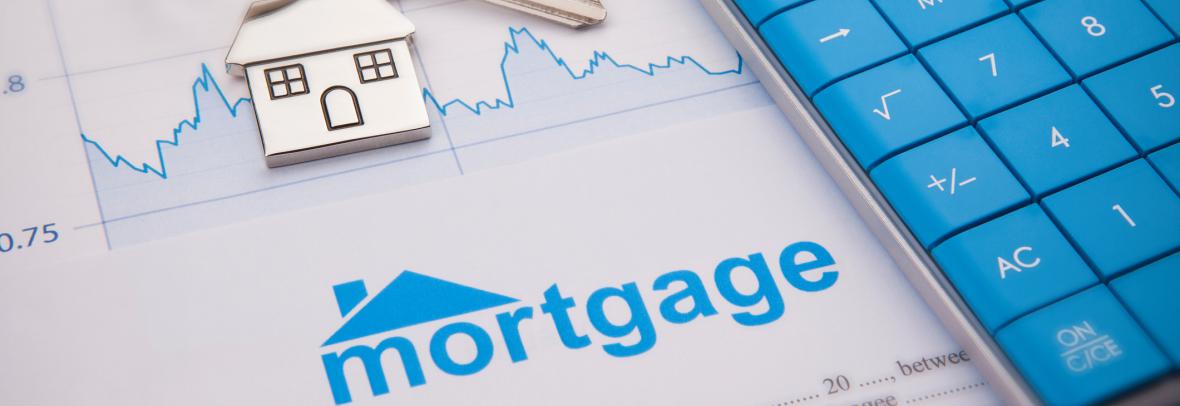
2022 borrowers paid 22% more in closing costs, largely paying points to snag a lower interest rate. Even so, average monthly mortgage payments rose 46%.
WASHINGTON, D.C. – The Consumer Financial Protection Bureau (CFPB) released its annual report on residential mortgage lending, the 2022 Mortgage Market Activity and Trends. Overall, 2022 saw a marked decline year-to-year in mortgage applications and originations – but rates, fees, discount points and other costs increased.
“The higher interest rate environment had profound effects on the mortgage market in 2022, with borrowers paying much more in monthly payments,” says CFPB Director Rohit Chopra. “These trends are likely to continue given further increases in interest rates in 2023.”
Key findings from the 2022 analysis
- Borrowers paid a lot more in costs and fees – 22% more compared to 2021 for an average $5,954. A higher percentage of borrowers (50.2%) paid discount points, up from 32.1% in 2021. The average cost of those discount points was $2,370.
- Cash-out refinances are back. However, refinances dropped, CFPB says. In 2021, the number of refinances was 8.3 million; in 2022, they dropped to 2.2 million in 2022, a 73.2% reduction.
- Most cash-out refinances were originated by independent lenders. Since a cash-out refinance lowers equity, CFPB sees that as a red flag for foreclosure since they usually result in higher interest rates, higher monthly payments and higher balances than other refinances.
- Home-equity lines of credit rose: Though a smaller part of all refinance loans, home-equity lines of credit (HELOCs) were the only type of refinancing to increase year-to-year in 2022. And, unlike other types of refinancing, traditional lenders originated most HELOCs rather than independent lenders. CFPB sees HELOCs as a less risky option since they tend to have lower interest rates and monthly payments than cash-out refinances.
- Average monthly mortgage payments increased more than 46%: The average monthly payment for borrowers taking out a conventional conforming 30-year fixed-rate mortgage (excluding taxes and insurance) rose from $1,400 in December 2021 to $2,045 in December 2022 – a 46.1% increase.
- Hispanic and Black borrowers experienced worse outcomes: They had a higher loan denial rate, received smaller loans and were charged higher interest rates. They also paid more in upfront fees than white and Asian borrowers. In 2022, for example, the median interest rate for Black and Hispanic borrowers was above 5%, while the median rate was below 5% for white and Asian borrowers.
- Lenders increasingly denied applicants based on insufficient income: More than 50% of mortgage denials for Asian applicants were due to insufficient income. The same was true for around 45% of denials for Black and Hispanic applicants, and around 40% for white applicants. Denials due to insufficient income were below 40% for all four groups in 2018.
© 2023 Florida Realtors®
Go to Source
Author: kerrys



